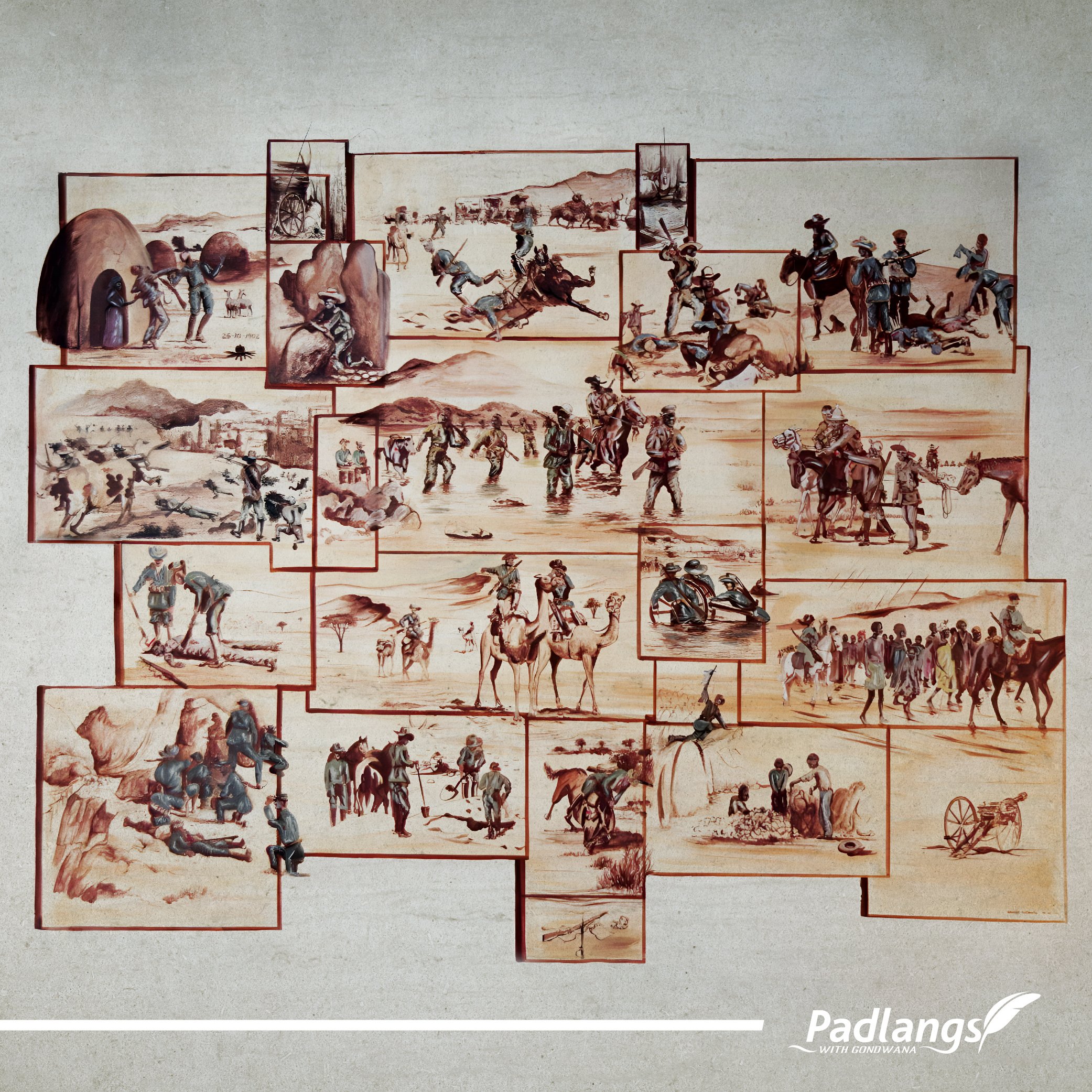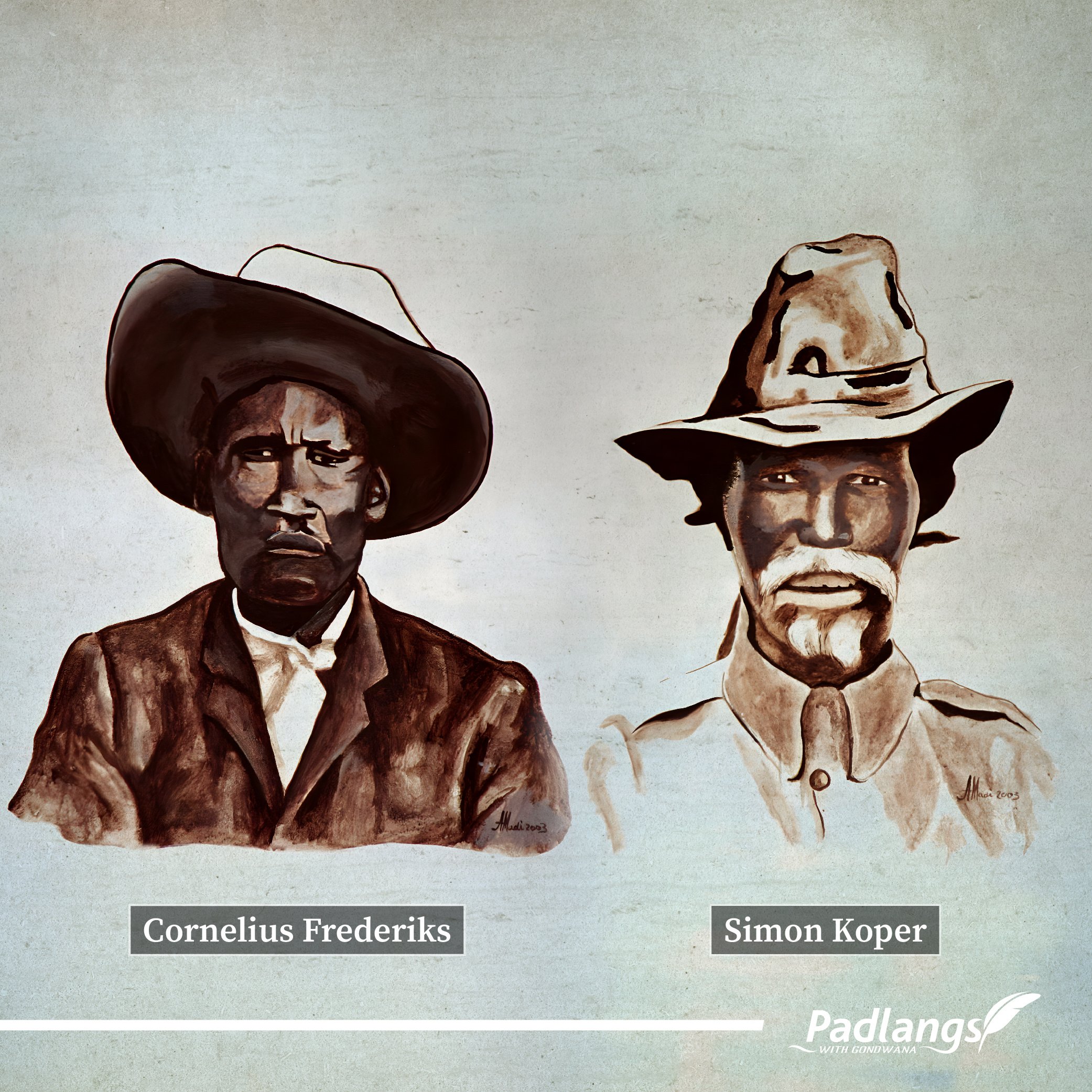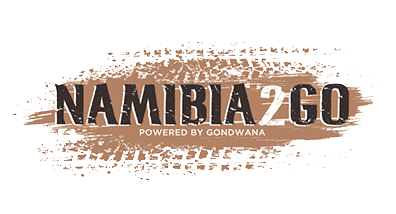Set in southern Namibia, Great Namaqualand, ‘Bittersweet Karas Home’ is the story of three families, the Hills, Walsers & Hartungs, whose lives merge and intertwine in a semi-arid land that presents both hardship and blessings. Over the next few months, we would like to share this bittersweet saga with you from the (as yet) unpublished book.
CHAPTER ONE (cont . . .)
The war and its aftermath
The Bondelswarts rising of October 1903 and the war that followed did not seriously affect the Hills. There were rebels and soldiers roaming the land and passing through Holoog and Klein Karas but none of these parties considered the Hills a threat. There were battles fought at Warmbad, in the Great Karas Mountains and at Ukamas and Heiragabis. Only one battle near the Little Karas Mountains in March 1906 was fought closer to Hill territory. There were, of course, occasional livestock thefts and cattle and horses grazing on farm land. The Hills, besides the tragic death of James Henry, survived the period relatively unscathed.

In 1905, the mixed-marriage act was introduced. This act was expanded in 1908 and did, in some cases, terminate marriages between Germans and indigenous women but was not applied to British subjects like the Hills. In 1905, the military subjugation of all indigenous people was merely a matter of time, money and blood and now the last loopholes of equality had to be closed, including the right of Afro-German children to inherit their fathers’ German citizenship. The act, which had no real legal basis and was not applied in Germany, used the one-drop rule – ‘one drop of black blood makes a person black’ – and differentiated between ‘natives’ and ‘the members of the white race’. In a High Court decision in Windhoek on 12 March 1913, Karl Ludwig Baumann, Heinrich Schmelen’s great-grandson, was declared a native. Heinrich Schmelen was Michael Wimmer’s colleague and friend and the Wimmers feared they would share a similar fate. Even white spouses could be exposed to pseudoscientific prejudice and could and would eventually be expelled from the white community. A newspaper article included the alarming statement: ‘It has been scientifically proven that each European living with a coloured or half-coloured for an extended period, will irrevocably sink to the level of his wife’. District Administrator Hilzebecher in Keetmanshoop and most of his colleagues thought that it was absurd for the Hills to wear the natives’ metal pass tags and have to ask for official permission for all credit transactions as ‘European education in German or English schools had allowed them to reach a level of education that only children of well-to-do parents could enjoy’.
Charles Henry’s grandsons and granddaughters would have different identities attached to them from ‘off-colour’ to ‘coloured’, ‘Baster’ and ‘native’. The prejudice that emerged during the 1903-1908 Nama-German war would remove the Hills, Hartungs and Walsers pre-war status and white spouses were under the threat of being called persons who had gone native.
Once, all well-educated and hard-working Christians were accepted into respectable society. The Hills had family histories that set them apart from the Basters, their migrations from Pella and De Tuin and their state formations in Rehoboth and Rietfontein. They did not identify with the Basters or coloureds until the segregation classifications after the National Party victory in 1948 forced such identities upon them.

The Hill daughters’ weddings were solemnised by missionaries. The German and the British South African governments reassessed these marriages and finally accepted them as legal because there was no alternative to mission marriages in those days, but an aura of inappropriateness remained.
German 1905 classifications would not change in the British Dominion of South Africa. The more liberal British attitude encouraged many German-African couples to wed in British-owned Walvis Bay. This was discontinued when the British tried to appease Boer resentment after the scorched earth politics and concentration camps of the Anglo-Boer War (1899-1902) with the anti-black legislation of the Native Lands of 1913 and the invitation for Boers to settle in South West Africa. The administrative terminologies of the two administrations would turn out to be almost the same.
‘Natives are all those members of native nations who belong to it by blood, also the offspring of native women who conceived with men of the white race, even if the mixing has been exclusively with white men for several generations’. (District Court Windhoek, 26 September 1907)
Keetmanshoop’s District Court applied that expressly to the Hill heirs:
‘This legal principle is valid irrespective of whether the mixed-race person is on the cultural level of natives or is on par with every white person as far as knowledge, skills and education are concerned. I have to state, obediently, that the defendants, Hill’s heirs, are Basters. Whether this means that the Supreme Court does not apply to them I fail to know with certainty.’ (17 July 1909 Imperial Government (Kaiserliches Gouvernement), Windhoek)
However harsh the laws were, some individuals managed to fly under the radar and pass for white. People who were white in behaviour and character and not too dark in complexion passed, although there was the constant threat of scandalous exposure.

(Join us every Sunday to take a step back in time and follow the interesting, sometimes sweet, sometimes heart-wrenching tale.)


.jpg)
.jpg)
.jpg)




.png)

SUBMIT YOUR COMMENT